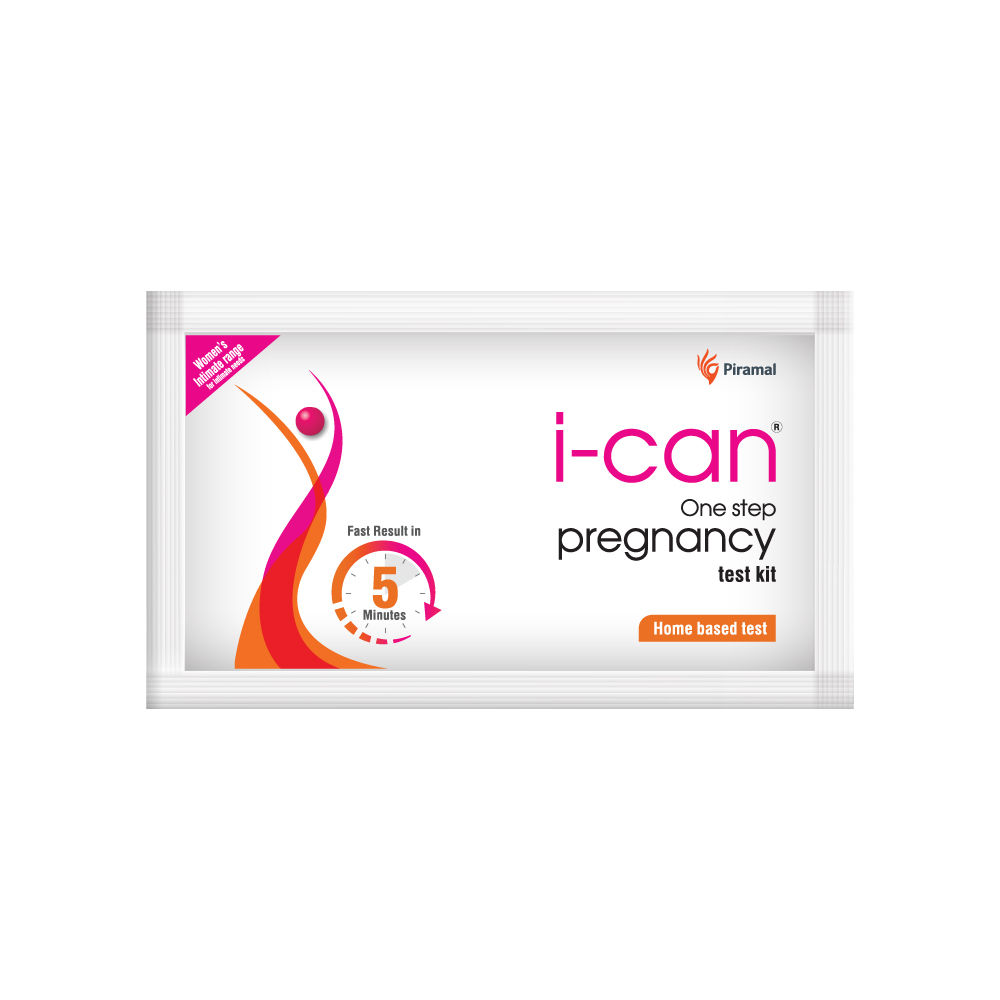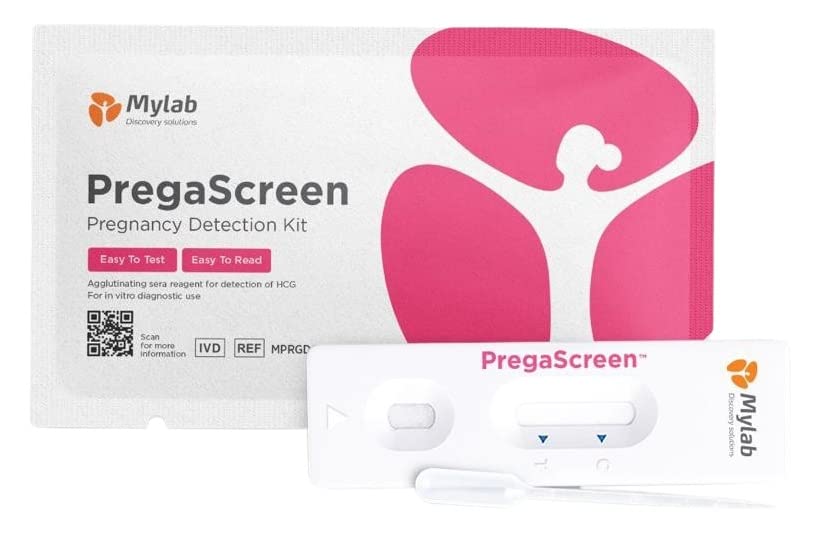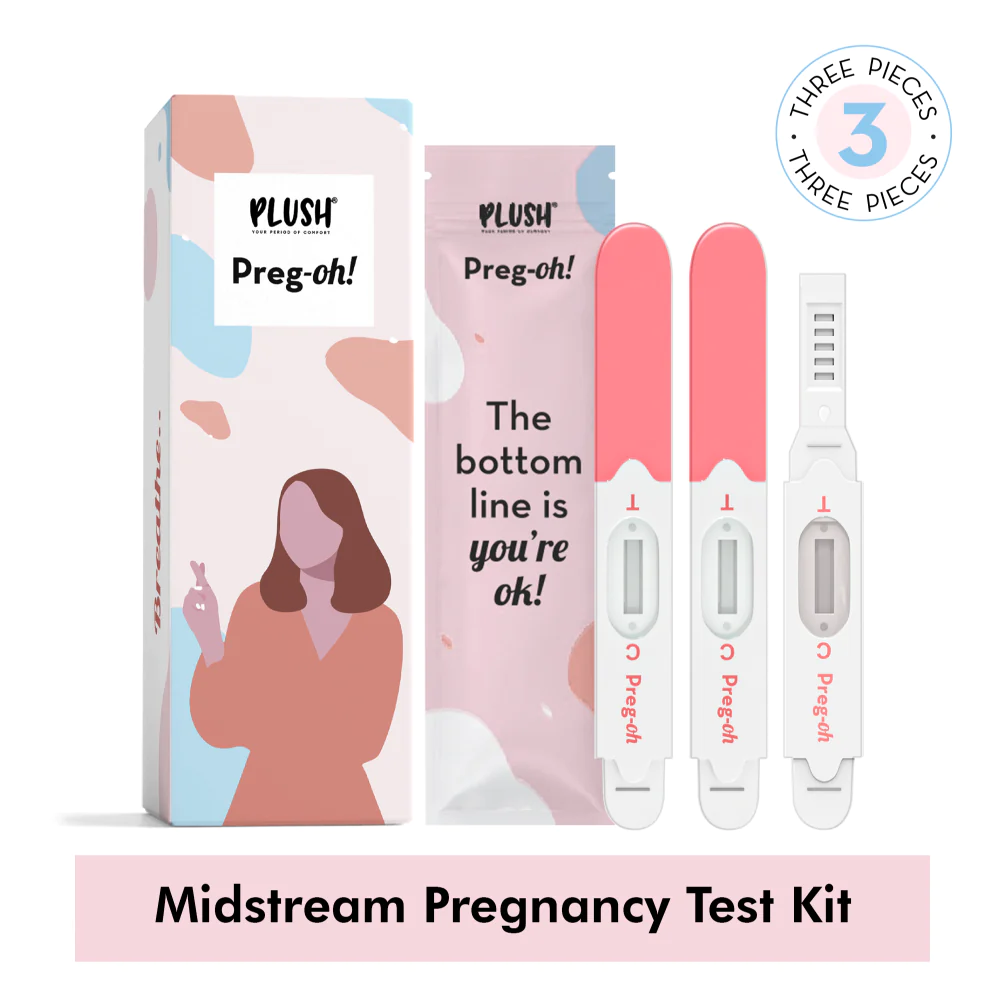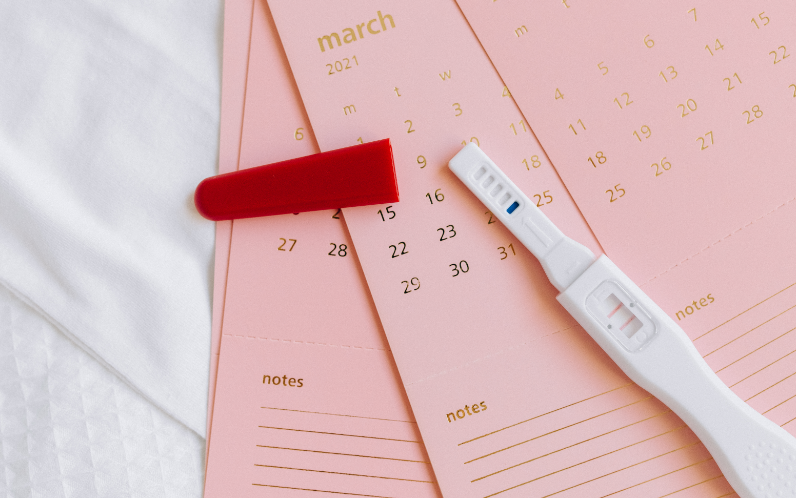In the journey of parenthood, pregnancy tests play a crucial role. When couples are eagerly trying to conceive, it is natural for them to have numerous questions and concerns about home pregnancy test kits. In this article, we will explore everything you need to know about these kits and how they can assist you in detecting pregnancy at home.
What Are Pregnancy Kits?
Pregnancy kits, also known as home pregnancy tests kits, are diagnostic tools designed to detect the presence of human chorionic gonadotropin (hCG) hormone in a woman’s urine. This hormone is produced by the placenta after a fertilized egg attaches to the uterine lining, indicating the initiation of pregnancy. Home Pregnancy test kits provide a convenient and private way for women to determine if they are pregnant without the need for a visit to a healthcare professional.
How Do Pregnancy Kits Work?
Most pregnancy kits utilize a simple and user-friendly process. They contain a test strip or a cassette with a specialized absorbent tip. When a woman urinates on the absorbent tip or dips it into a collected urine sample, the test strip detects the presence of hCG. If hCG is present, the strip typically changes color or displays a positive sign, indicating a positive result.
It is essential to carefully read and follow the instructions provided with the pregnancy kit to ensure accurate results. Each kit may have specific guidelines on the ideal time to take the test, the recommended urine sample volume, and the waiting time for results.
When Can You Take a Pregnancy Test?
The accuracy of a pregnancy test greatly depends on the timing of the test. While some kits claim to provide accurate results even before a missed period, it is generally advisable to wait until after your expected period date for more reliable results.
Early detection tests may be able to detect lower levels of hCG, allowing for earlier confirmation of pregnancy. However, taking the test too early can result in false negatives, as the hormone levels may not be sufficiently high to be detected. If you receive a negative result but still suspect you might be pregnant, it is recommended to wait a few days and retest.

Factors Affecting Test Accuracy
Several factors can influence the accuracy of a pregnancy test. It is important to be aware of these factors to ensure reliable results. Some common factors include:
- Timing: Taking the test too early or too late can impact accuracy. Follow the instructions provided with the kit and wait for the appropriate time to take the test.
- Storage and Expiration: Pregnancy kits have an expiration date. Using an expired kit or storing it in unfavorable conditions, such as extreme temperatures or high humidity, can affect accuracy.
- Medications and Medical Conditions: Certain medications and medical conditions, such as fertility treatments or ovarian cysts, can affect the levels of hCG in the body and potentially lead to inaccurate results.
Interpreting Pregnancy Test Results
After taking a pregnancy test at home , it is crucial to understand how to interpret the results correctly. Most tests display results as either positive or negative. A positive result indicates the presence of hCG and suggests pregnancy. It is advisable to consult with a healthcare professional for confirmation and further guidance.
A negative result, on the other hand, suggests the absence of detectable hCG. However, if you have reasons to believe you might still be pregnant or if you experience persistent pregnancy symptoms, it is recommended to consult with a healthcare professional.
Choosing the Right Pregnancy Kit
The market is flooded with a variety of home pregnancy test kits, each claiming to be the most accurate and reliable. When selecting a pregnancy kit, consider the following factors:
- Brand Reputation: Opt for well-established and reputable brands that have a track record of accurate results.
- Sensitivity Level: Different kits have varying levels of sensitivity in detecting hCG. If you want early detection, choose a kit with higher sensitivity.
- Ease of Use: Look for kits with clear instructions and user-friendly design. A kit that is easy to handle and provides clear results can make the testing process less stressful.
Here are the top 5 pregnancy kits available in India

Prega News Pregnancy Test Kit
How to Use:
- Collect the first morning urine, preferably, in a clean and dry container.
- Put 3 drops of urine into the sample well (present on the detection card) with the help of a dropper.
- Read the results within 5 minutes.

Ezeefind Early Pregnancy Test Kit
How to Use:
- Take off the cap and keep it with you.
- Place the tip under the urine stream for 5 secs
- For collected urine, dip the absorbent tip area in the cup for 10 secs
- Wait for 3mins to read the results

i-can Pregnancy Test Kit
How to Use:
- When urinating in the morning for the first time, collect a sample in a clean, dry container as morning sample.
- With the help of the dropper, place three drops of urine in the small aperture in the kit. You should add the next drop of urine when the previous drop is completely absorbed.
- Leave the kit undisturbed for some time, and check the results after 3 to 5 minutes. Do not read the results after 10 minutes.

MyLab PregaScreen Pregnancy Test Kit
How to Use:
- Collect the first urine in the morning.
- Add 3 drops of urine in the small aperture marked as S.
- Read the result within 5 minutes.

Plush Preg-Oh! Pregnancy Test Kit
How to Use:
- Remove the cap from the test kit & pee on the wick.
- Put the pink cap back on the stick & keep the stick on a flat surface.
- Wait for 3-5 minutes. Breathe, then read the results.
Common Myths and Misconceptions about Pregnancy Kits
While pregnancy kits are widely used and trusted, there are several myths and misconceptions surrounding them. Let’s debunk some of the common misunderstandings:
Myth 1: Pregnancy kits are 100% accurate.
It is important to understand that while pregnancy kits are highly reliable, they are not infallible. The accuracy of the results can be influenced by various factors, as mentioned earlier. Although modern kits have become more sensitive and accurate over time, there is still a small margin for error.
Myth 2: Darker test lines indicate a healthier pregnancy.
The darkness of the test line on a pregnancy kit does not determine the health or viability of the pregnancy. The intensity of the line depends on the concentration of hCG in the urine and can vary from woman to woman. The most crucial factor is the presence of a positive line, regardless of its darkness.
Myth 3: Taking the test in the morning provides more accurate results.
While it is true that hCG levels tend to be higher in the morning due to urine being more concentrated after a night’s sleep, modern pregnancy kits are designed to provide accurate results at any time of the day. Following the instructions provided with the kit and using the recommended urine sample volume will ensure reliable results regardless of the time of day.
Myth 4: Evaporation lines are positive results.
Evaporation lines are faint lines that may appear on a pregnancy kit after the designated waiting time has passed. These lines often lack color and can cause confusion. It is crucial to read the results within the specified time frame mentioned in the instructions. Any lines that appear outside of that time frame should be considered invalid and disregarded.
Myth 5: A negative result means you are not pregnant.
False negatives can occur if the test is taken too early or if the hCG levels are not yet detectable. If you receive a negative result but still suspect you might be pregnant, wait a few days and retest. If you continue to experience pregnancy symptoms or have doubts, consult with a healthcare professional for further evaluation.
The Emotional Rollercoaster of Taking a Pregnancy Test
For many individuals or couples trying to conceive, taking a pregnancy test can be an emotionally charged experience. It can bring about feelings of excitement, hope, anticipation, and even anxiety. The wait for the test results can feel like an eternity, and the outcome can significantly impact one’s emotions.
It is essential to approach the process with a balanced mindset, understanding that the result does not define your worth as an individual or a couple. Remember that fertility is a complex journey influenced by various factors, and a negative result does not mean you won’t eventually conceive. It is crucial to take care of your emotional well-being during this time and seek support from loved ones or professional counsellors if needed.
Seeking Professional Guidance
While pregnancy kits provide valuable information, they cannot replace the advice and guidance of healthcare professionals. If you receive a positive result on a home pregnancy test kits, it is recommended to schedule an appointment with a healthcare provider to confirm the pregnancy and initiate prenatal care.
Healthcare professionals can provide valuable information about prenatal vitamins, necessary medical tests, lifestyle adjustments, and other essential aspects of pregnancy. They can also address any concerns or questions you may have, offering personalized care and support throughout your pregnancy journey.
Final Thoughts
Home Pregnancy test kits have become indispensable tools for couples trying to conceive and women who suspect they may be pregnant. Understanding how these kits work, when to take the test, and how to interpret the results accurately can empower individuals and couples on their path to parenthood.
While it is essential to use pregnancy kits responsibly, it is equally important to maintain a balanced mindset and seek professional guidance when needed. Remember that every pregnancy journey is unique, and healthcare professionals are there to provide the necessary support and care throughout the process.
By combining the convenience of pregnancy kits with the expertise of healthcare professionals, you can navigate the exciting and life-changing experience of pregnancy with confidence and peace of mind.






